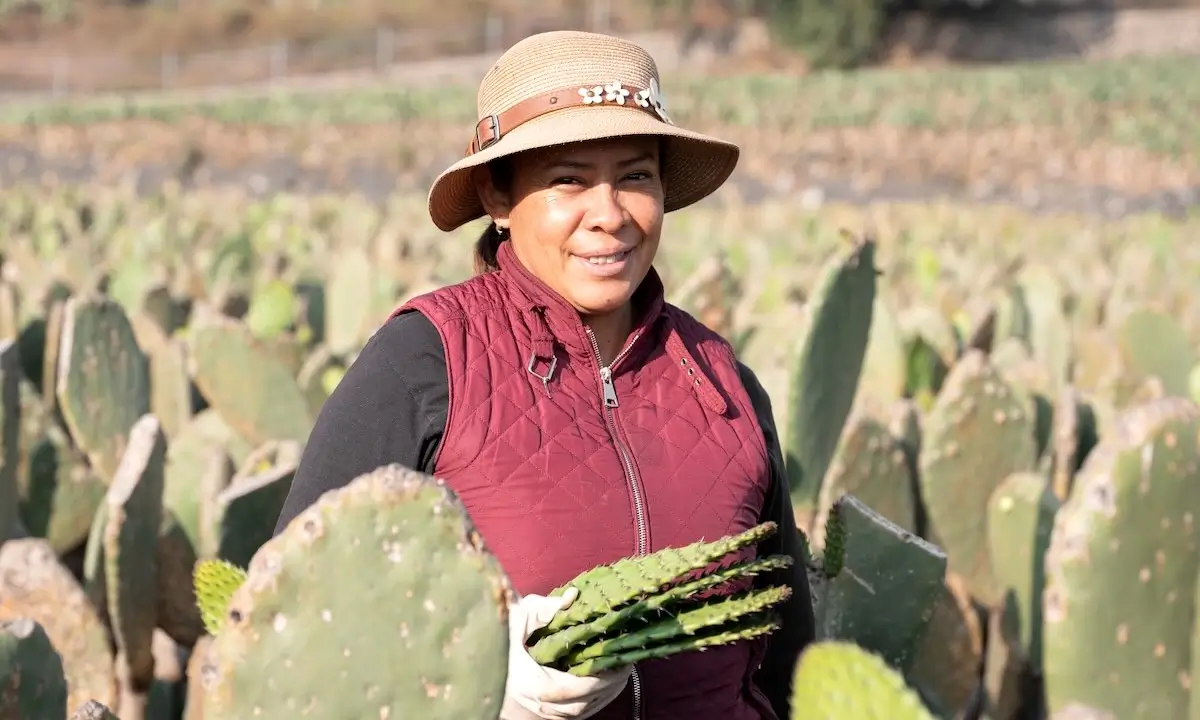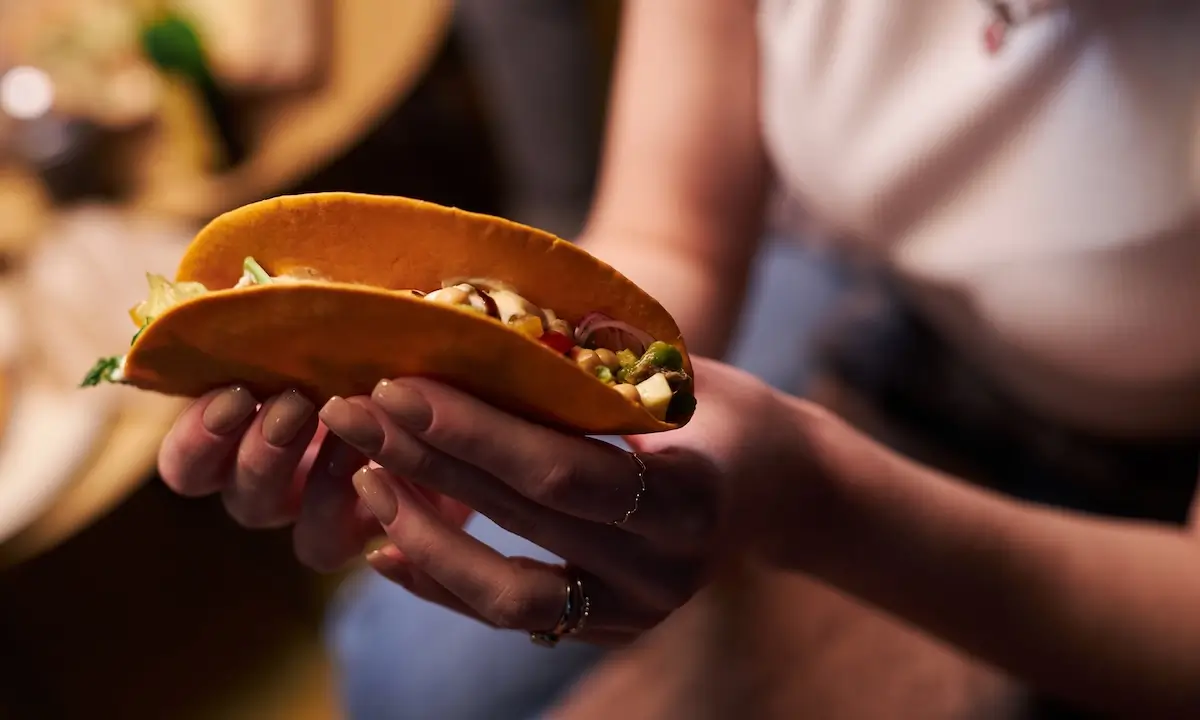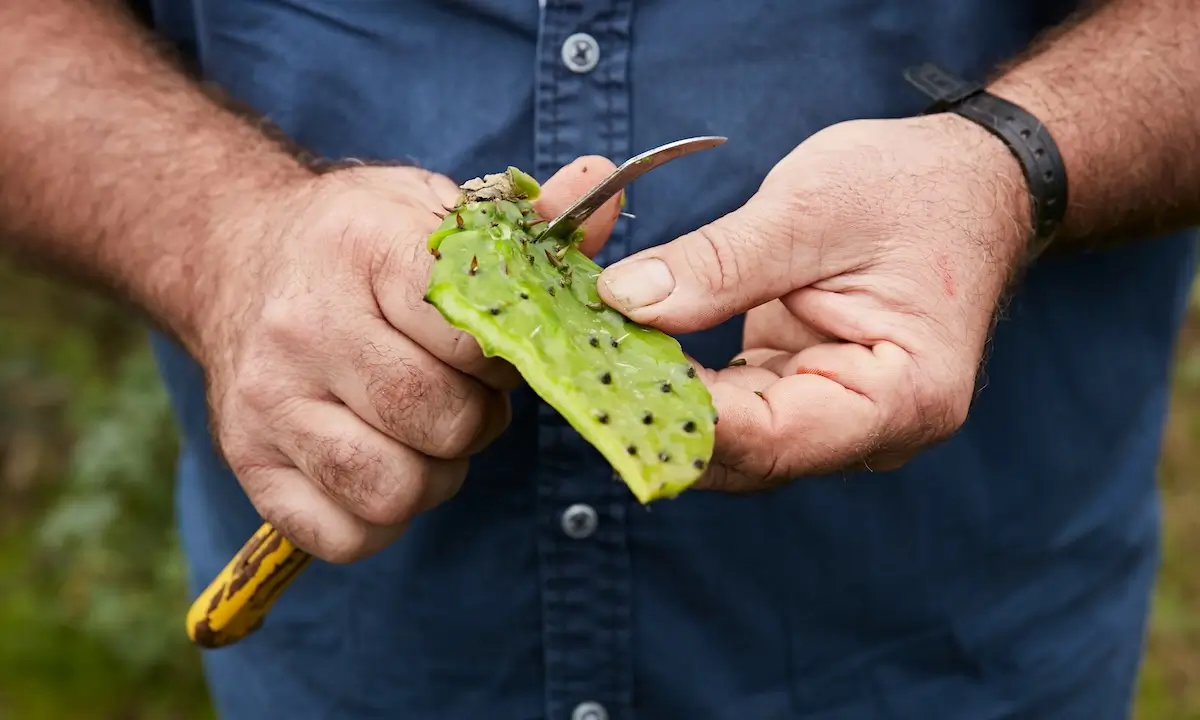Nopales Explained: The Edible Cactus in Mexican Cuisine
Cactus might not be the first thing you’d picture on a delicious plate of food. But in traditional Mexican cuisine, it’s been a staple for centuries.
Nopal (singular for nopales) are the flat pads of the prickly pear cactus. They’re tender, tangy, and packed with flavor. In this blog, we’ll explore everything nopal: where they come from, what they taste like, and how you can try them right here in New York.
What Are Nopales? A Staple in Traditional Mexican Food

The prickly pear is a cactus plant indigenous to the Americas, particularly Mexico and the Southwestern United States. It thrives in arid and semi-arid climates and has been cultivated in Mexico for thousands of years.
Indigenous peoples across Mesoamerica used both the pads (nopales) and the fruit (tunas) for food, medicine, and cultural practices like ritual offerings. The plant represents strength and resilience. It appears on the Mexican flag as part of the Aztec founding legend, representing heritage and endurance.
Today, the nopal cactus is still widely grown throughout Latin America and has spread to parts of Africa, Australia, and the Mediterranean. The delicious pads are thick, green, and slightly spiny. When cleaned and cooked, they become one of the most popular vegetables in Mexican food.
Why Nopal Still Matters Today
Nopales are still grown, cooked, and loved across Mexico and the United States. Their story continues in homes, street carts, and modern restaurants like Los Tacos. They bring cultural pride to every plate, are sustainable to grow, and are loaded with nutrients.
What Does Nopal Taste Like?

Nopal cactus has a mild, fresh flavor with a slightly tangy bite. Some say it’s like a green bean with a citrus twist. Others compare the texture to cooked zucchini or okra, but with more crunch.
In nopales tacos, you get all that earthiness and bite wrapped in a soft tortilla with bold toppings. The cactus flavor adds balance to the richness of salsas, beans, and crema.
How Nopales Are Prepared in Mexican Cuisine
Preparing nopales takes care, but not much time. The steps are simple and essential to bring out the best in this traditional ingredient.
Cleaning
First, the thorns and tough edges are trimmed using a small knife. The outer skin is lightly scraped, and the pads are rinsed to remove any sticky juice, known as baba. This sap is natural and safe, but it can affect the texture if not removed.
Slicing

Once cleaned, the paddles are sliced into thin strips or diced, depending on the recipe. Strips work well for tacos and sautés, while smaller cuts are better for stews, scrambled eggs, or salads.
Cooking
- Grilling adds smoky depth and crisp edges.
- Boiling softens the cactus and tones down the tang.
- Sautéing with garlic, onion, or tomatoes brings out savory notes.
- Pickling creates a bright, tart bite that works well as a side or topping.
- Seasoning can add bite or zest when tossed with spices, lime juice, or chili.
Each method gives nopales a different texture and flavor, from chewy and charred to tender and tangy. The result is always rooted in tradition but ready for modern plates.
How We Serve Nopal at Los Tacos NY
We love traditional and authentic Mexican food, including nopal. That’s why you’ll find it all over our menu. Whether you’re plant-based, curious, or just craving something different, we’ve got you covered.
Here’s how we serve it:
- Grilled Cactus Taco: Soft corn or flour tortilla, topped with cilantro, onion, and both red and green salsas.
- Grilled Cactus Quesadilla: Crispy on the outside, cheesy on the inside, finished with sour cream, cilantro, and two house-made sauces.
- Nopal Burrito: A hearty wrap with rice, beans, corn, avocado salsa, crema, lettuce, and queso.
- Nopal Bowl: The same bold flavors as the burrito but served in a bowl for easy, fork-friendly eating.
All of these options are packed with color, crunch, and kick.
Nopal Benefits: Why This Superfood Is Worth a Bite

Nopales don’t just taste good; they come with serious health perks, too! For food lovers chasing flavor and function, nopal brings both to the table. Based on preliminary research, here’s how nopal benefits your body:
- High in fiber: It supports digestion and helps you feel full
- Antioxidant-rich: May help fight inflammation and support cellular health
- Vitamins A, C, and K: These boost your immune system and skin
- Plant-based: A smart choice for anyone exploring vegetarian or vegan meals
- Supports blood sugar: Studies suggest potential benefits for glucose control
Curious About Cactus? Come and Give It a Try
Curious eaters shape culture just as much as tradition does. And nopales offer a chance to try something rooted and refreshing.
Whether you’re drawn to the flavor, the nutrition, or the history, nopal deserves a spot on your plate. Stop by Los Tacos NY on Canal Street or 8th Avenue and experience the nopal cactus the way it was meant to be: fresh, bold, and straight from the grill.
